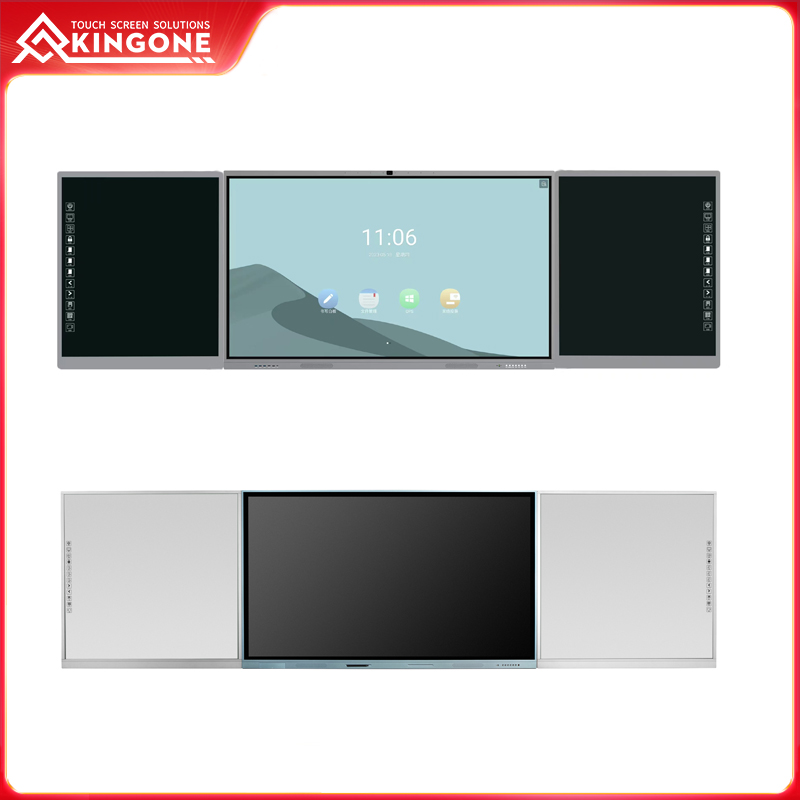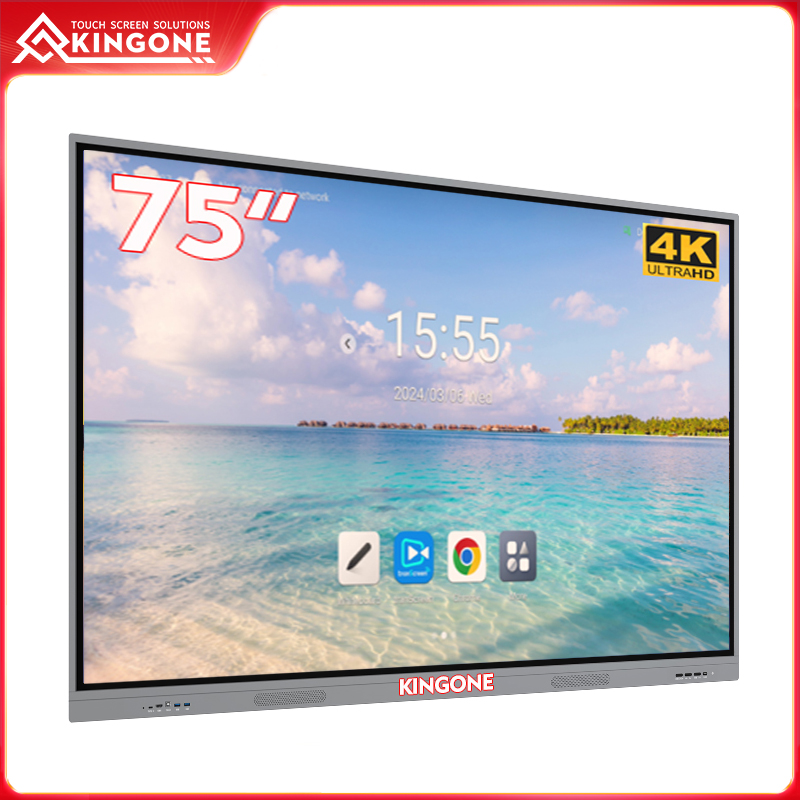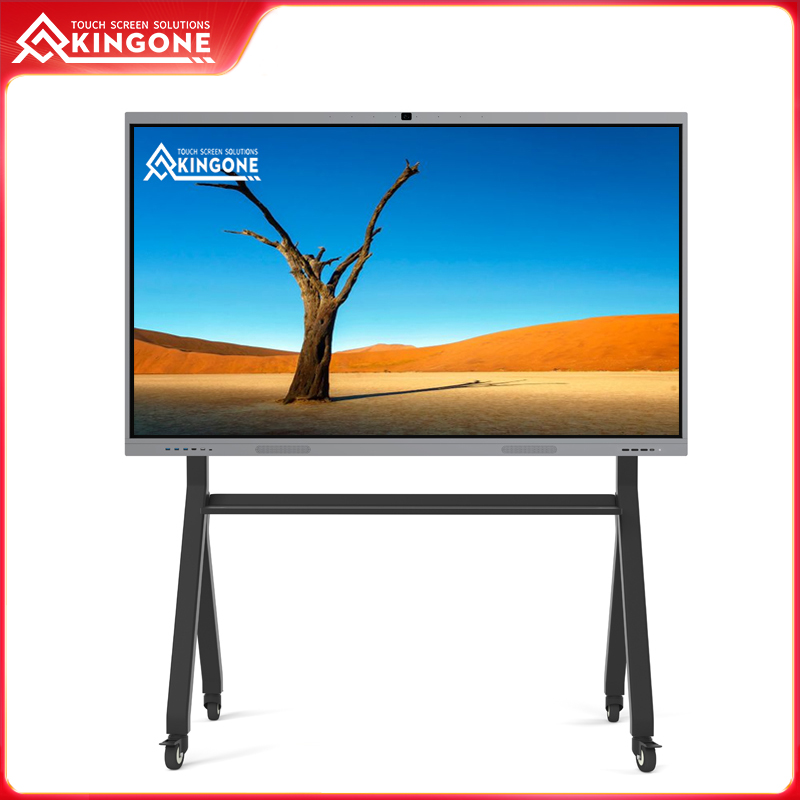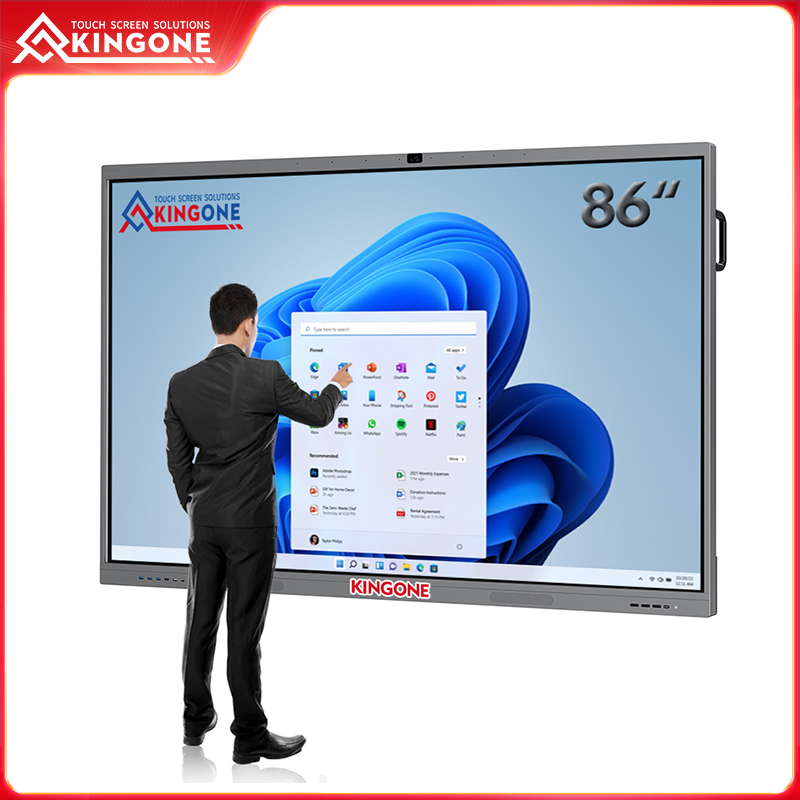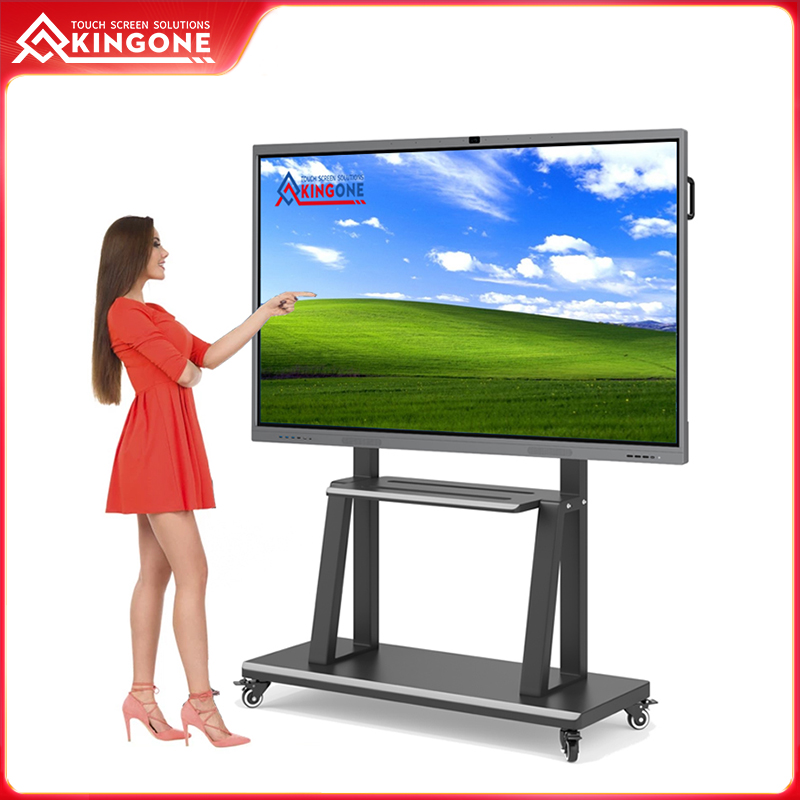What operating systems are compatible with touch screen monitors?
Published:
2023-10-16 10:29:00
Discover the Perfect Operating System for Your Touch Screen Monitor.
Touch screen monitors have become increasingly popular in recent years, revolutionizing the way we interact with our devices. They offer a more intuitive and seamless user experience, making tasks such as browsing the internet, playing games, and navigating through applications more effortless and enjoyable. However, not all operating systems are fully compatible with touch screen monitors. In this article, we will delve into the various operating systems that support touch screen functionality, including their unique features, benefits, and limitations.
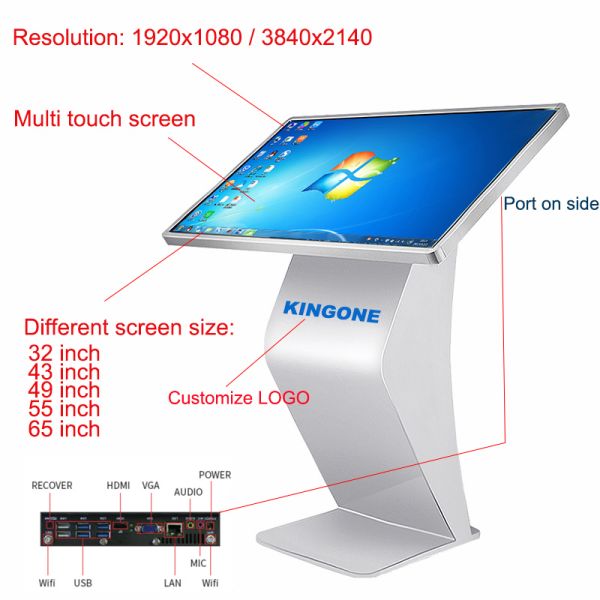
1. Windows 10
Windows 10, the latest operating system from Microsoft, offers robust touch screen capabilities. Its touch-friendly interface, combined with a wide range of compatible applications, makes it an excellent choice for touch screen monitors. The operating system allows for multitasking, gesture controls, and various input methods that enhance productivity and user experience. Additionally, Windows 10 is compatible with both desktop and tablet devices, ensuring seamless integration across different platforms.
2. iOS
iOS, developed by Apple, is the operating system powering iPhones, iPads, and iPods. It is renowned for its sleek and user-friendly interface, which is optimized for touch screen functionality. iOS offers seamless integration across Apple devices, allowing for effortless synchronization and sharing of data. With its extensive collection of applications on the App Store, iOS provides a diverse range of touch-optimized apps, catering to various needs, including productivity, entertainment, and creativity.
3. Android
Android, an open-source operating system developed by Google, dominates the mobile device market. It offers a versatile and customizable user experience, making it compatible with a wide range of touch screen monitors. Android provides an extensive selection of applications through the Google Play Store, catering to different interests and preferences. Additionally, the operating system supports multiple user profiles, allowing for seamless sharing of devices.
4. macOS
macOS, the operating system for Apple's Mac computers, offers touch screen compatibility through their MacBooks with Touch Bar. While not all Mac models support touch screen capabilities, those with a Touch Bar feature provide a unique touch experience. The Touch Bar replaces the function keys with a customizable touch-sensitive display, offering contextual controls and shortcuts based on the application being used. This innovative approach combines the power of macOS with touch screen functionality.
5. Chrome OS
Chrome OS, developed by Google, is specifically designed for lightweight and affordable devices such as Chromebooks. While touch screen support on Chrome OS may vary across different models, many Chromebook models offer touch screen capabilities. Chrome OS focuses on cloud-based computing, allowing for seamless integration with Google services and applications. The operating system provides a simple and intuitive touch interface, making it ideal for casual web browsing, media consumption, and productivity tasks.
6. Linux
Linux, an open-source operating system, offers touch screen compatibility through various distributions. Popular distributions such as Ubuntu, Fedora, and Debian have made great strides in providing touch screen functionality. Linux allows for a highly customizable user experience, with different desktop environments and touch-enabled applications available. While Linux may require more technical knowledge to set up initially, it offers a powerful and flexible operating system for touch screen monitors.
Conclusion
When it comes to touch screen monitors, several operating systems offer compatibility and a range of touch-optimized features. Windows 10, iOS, Android, macOS, Chrome OS, and Linux all have their unique strengths and cater to different user preferences. Whether you prioritize productivity, entertainment, or customization, there is an operating system suited for your touch screen monitor. Consider the features and limitations of each system, and choose the one that aligns with your needs to unlock the full potential of your touch screen monitor.
 English
English

